The Best of Orléans, Ontario: Top 5 Things to Do and See

- Beach & Swimming: Enjoy a supervised swim at the main beach area.
- Nature Trails: Explore the walking trails and boardwalks that wind through a protected wetland habitat, ideal for bird watching and spotting local wildlife.
- Recreation: The park features picnic areas, a boat launch, and is a popular spot for kayaking and canoeing.

The Power of Real Estate Staging: Elevating Your Home’s Appeal
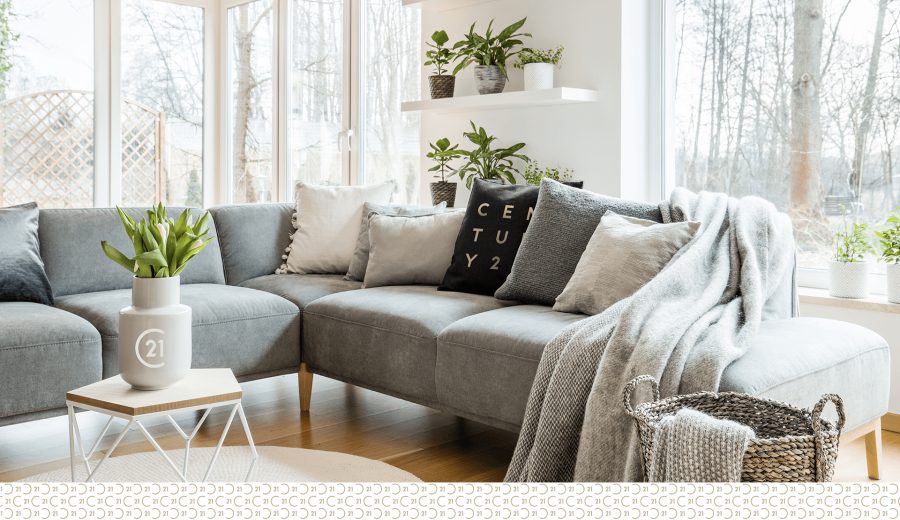
When it comes to selling a home, first impressions matter. Potential buyers form opinions within seconds of stepping through the front door. That’s why real estate staging plays a vital role in showcasing your property in the best possible light. It combines the art of interior design with the science of marketing to create a welcoming and visually captivating space. In this blog post, we’ll explore the importance of real estate staging and how it can significantly impact the selling process.
Creating an Emotional Connection:
Real estate staging goes beyond simply furnishing a property; it aims to create an emotional connection with potential buyers. By carefully curating the decor, staging helps buyers envision themselves living in the space. From tasteful furniture arrangements to accentuating the unique features of the property, staging creates a warm and inviting atmosphere that resonates with buyers on a personal level.
Highlighting Key Features:
Every home has its unique selling points, whether it’s a stunning fireplace, high ceilings, or a breathtaking view. Staging helps draw attention to these features by strategically placing furniture and accessories to emphasize their beauty. By highlighting the best aspects of your property, staging allows buyers to envision the lifestyle they could enjoy in their new home.
Maximizing Space and Flow:
An essential aspect of real estate staging is optimizing the use of space. By decluttering and organizing each room, staging helps potential buyers visualize the full potential of the property. Thoughtfully arranged furniture and decor can make small spaces appear more spacious and showcase the versatility of larger rooms. A well-staged home allows buyers to move effortlessly from one area to another, creating a sense of flow and functionality.
Professional Photography and Online Appeal:
In today’s digital age, where most buyers begin their property search online, professional photography is crucial. Staging ensures that the photos captured are visually appealing, highlighting the property’s best features. Eye-catching images generate more interest, clicks, and ultimately, more showings. By staging your home, you increase its online appeal and stand out from the competition.
Conclusion:
Real estate staging is an investment that yields substantial returns. It not only helps sell your property faster but also increases its perceived value. By creating an emotional connection, accentuating key features, optimizing space, and enhancing online appeal, staging enables potential buyers to see themselves living in your home. So, when it’s time to sell, remember the power of real estate staging to elevate your property’s appeal and make a lasting impression on buyers.
5 Tips for At Home Entertaining
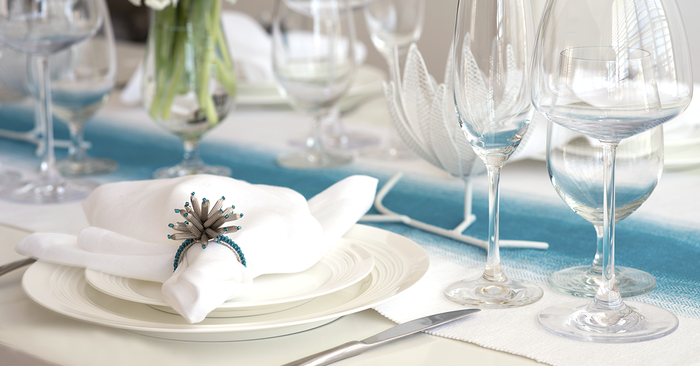
Entertaining at home is a great way to get together with friends and family. Going out to dinner or events is fun, but there is something special about hosting at home.
Here are five simple ways to set your home up for entertaining.
Put appetisers on the coffee table
When the party starts you’ll be busy greeting guests. Put appetisers like a cheese plate, crackers, and olives out on your coffee table so guests can munch and mingle.
Set up a buffet table
Serving people adds an extra task to your entertaining to-do list. Push a side table against a wall or use your kitchen island to set up a buffet table so people can serve themselves. People may enjoy being able to set their portion sizes and food choices, plus it will leave you with more time with your guests — and less time in the kitchen.
Set up a beverage bar
If you have a bar cart, set up all your beverages in one place. If you don’t have a bar cart, assemble everything on a large side table.
Rearrange the furniture
Rearrange your living room couches and chairs so they are conducive for chatting. If you’re short on furniture, bring chairs from the dining room or kitchen into the living room while people enjoy hors d’oeuvres.
Delight in the details
Little details like fresh flowers, candles, and place settings can make the evening even more special. Have fun designing the table aesthetic by curating your cutlery, china, serving ware, and napkin choices.
Take it outside
If it’s a beautiful day take the party outside! Clean off your patio furniture, set up an outdoor umbrella, and add some comfortable seating. For an added touch, incorporate flowers from your garden and lanterns or candles.
These tips may make entertaining at home more enjoyable! Call some friends and invite them over to your place.
https://www.century21.com/real-estate-blog/5-tips-for-at-home-entertaining/
How to Organise Your Kitchen
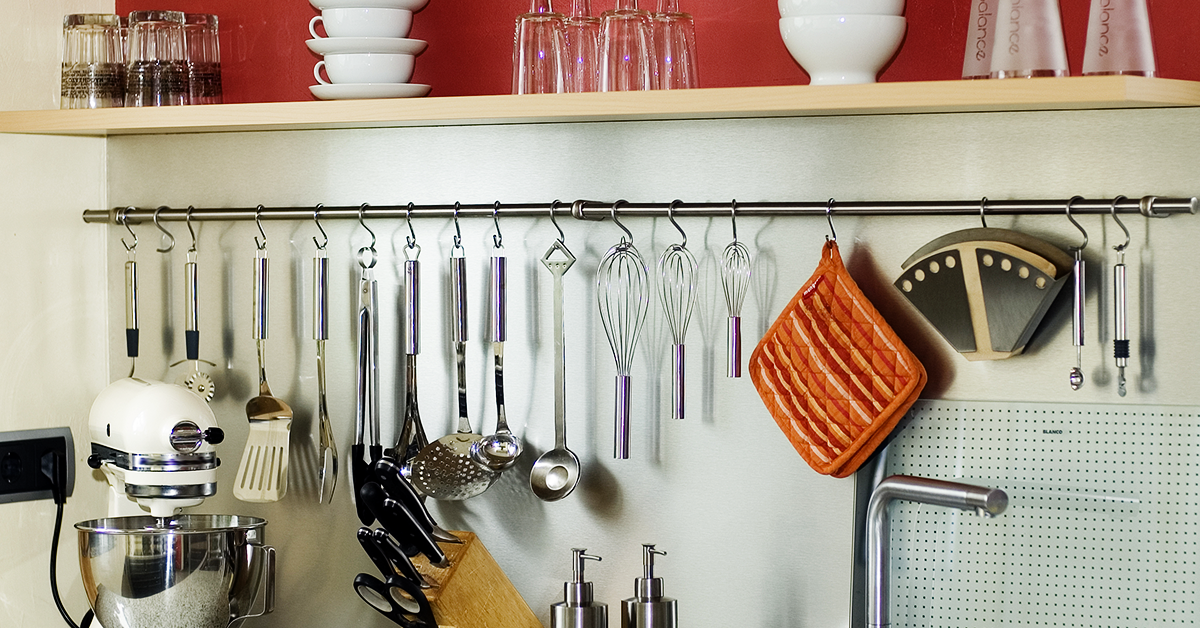
Organisation is key to keeping your home neat and tidy. When everything in your home has a specific place, it’s much easier to find what you need in a pinch.
One room in the home that can really benefit from a good organisation system is the kitchen. Between plates, glasses, silverware, and food, getting a good system in place can help create better flow.
The kitchen is one of the most used rooms in the home, why not make it better?
Lazy Susan
Incorporating a lazy Susan into your kitchen cabinets or on your counter tops allows you to organise similar items neatly in one place. It also helps you find things much faster.
Hang things up:
Hang pots and pans on the wall or from a ceiling organiser to free up space in your cabinets. It’ll be much easier to organise pans by size and use if you can see them! You won’t have to dig through a mess of metal every time you want to cook dinner.
Store items by use
This is an easy way to quickly organise your kitchen items. Whether it’s in your cabinets, drawers, or refrigerator, keeping like items together makes it easier to grab what you need, when you need it. For example, store everyday dishes on a lower cabinet shelf and special use items on a higher shelf. Put each type of food together – like cereals and breakfast food, snacks, pasta and grains, and baking ingredients.
Filing System:
Tupperware is an item that a lot of people have trouble storing. It takes up space and putting matching tops and bottoms together sometimes seems impossible. The tops and bottoms might be disappearing to the same place as the matching socks that always seem to get lost in the dryer. Instead of storing them in cabinets, put a dish organiser in a pull out drawer and store the Tupperware tops and bottoms with no problem.
Over the Door Organisers
If you have a large pantry in your kitchen, consider an over the door organiser. You can store your most used food items in a clear organiser to eliminate search time and keep things neat.
The kitchen is the heart of the home. If you develop an easy, simple organising system for your kitchen, it’ll pull everything together, make it easier to prep and cook meals, and set the tone for a more organised home.
https://stephen-george.c21.ca/
https://www.century21.com/real-estate-blog/how-to-organize-your-kitchen/
7 Ways to Combat Clutter
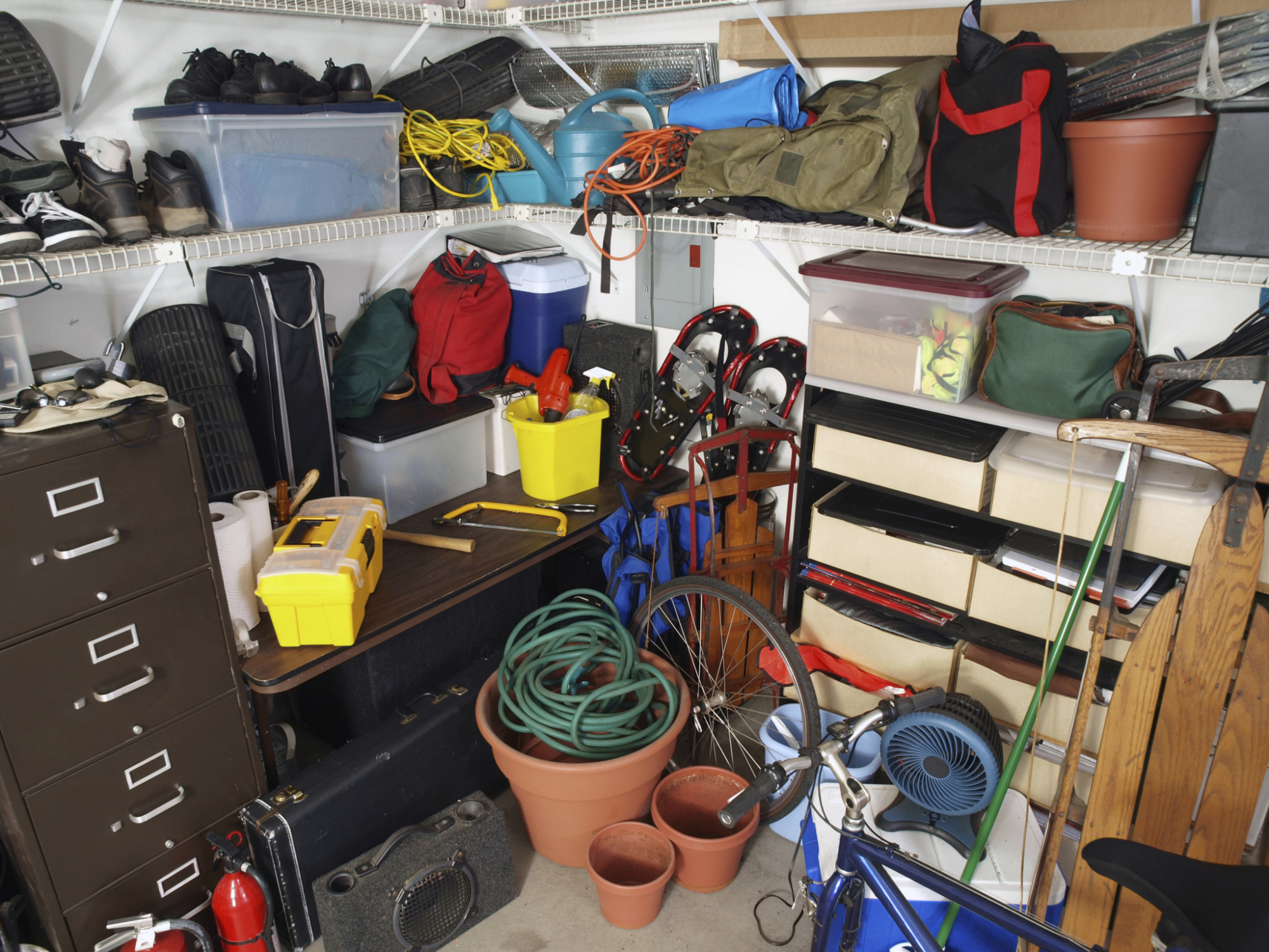
The New Year is the time for a fresh start. It brings a feeling of starting over, and an opportunity to improve all areas of your life. In the New Year, take some time to complete projects you’ve been putting off for months. You can create an even better home for you and your family so declutter and organising your home.
Follow these tips for easy and quick ways to declutter your home.
1. Keep things at arms reach:
Keep items you use daily somewhere where they can be easily reached, whether that’s in a basket, on a shelf, or in a cabinet. Store everything that is used sparingly on a higher shelf or in the garage or attic. It will be easier to find what you need when you need it.
2. Add shelves:
If your home is cluttered adding more furniture won’t help. Instead of adding a bookshelf or desk, add wall shelving. You’ll have room for books, picture frames, paperwork, and even a television without cluttering your home with more furniture.
3. 12-12-12 Challenge:
This challenge comes from BecomingMinimalist.com, and is a simple project to add to your routine. Clean and organise by choosing 12 items to throw away, 12 items to donate, and 12 to return to a proper place in your home. This helps you organise, declutter, and give to a good cause all at the same time!
4. Garage storage:
Make your garage your main storage area. Use old dressers and other furniture to store seasonal items and items you don’t use daily. Paint the furniture the same colour to create a unified look.
5. Get rid of broken items:
There’s no point in keeping items that are broken or unused, they’re just taking up precious space in your home. If you haven’t used it or gotten it fixed in the past six months, you probably never will. Throw it out or donate it to make room for something new.
6. Use things up:
It’s a habit to save special items for special occasions, whether it’s fancy bath soap or an expensive spice. Stop saving these things for the right time, use them and enjoy them now. Use what you have before you buy something new to help keep clutter at bay.
7. Deal with one room at a time:
Take it step by step. Organise and declutter one room at a time, makes it easier to focus on the task at hand. If you try to juggle too many rooms at once, it may never get done.
Go through these tasks every few months to help maintain an organised home. A decluttered home can give you and your family peace of mind – and room for something new.
https://www.century21.com/real-estate-blog/7-ways-to-combat-clutter-in-the-new-year/
The ABCs of Multifamily Cash Flow
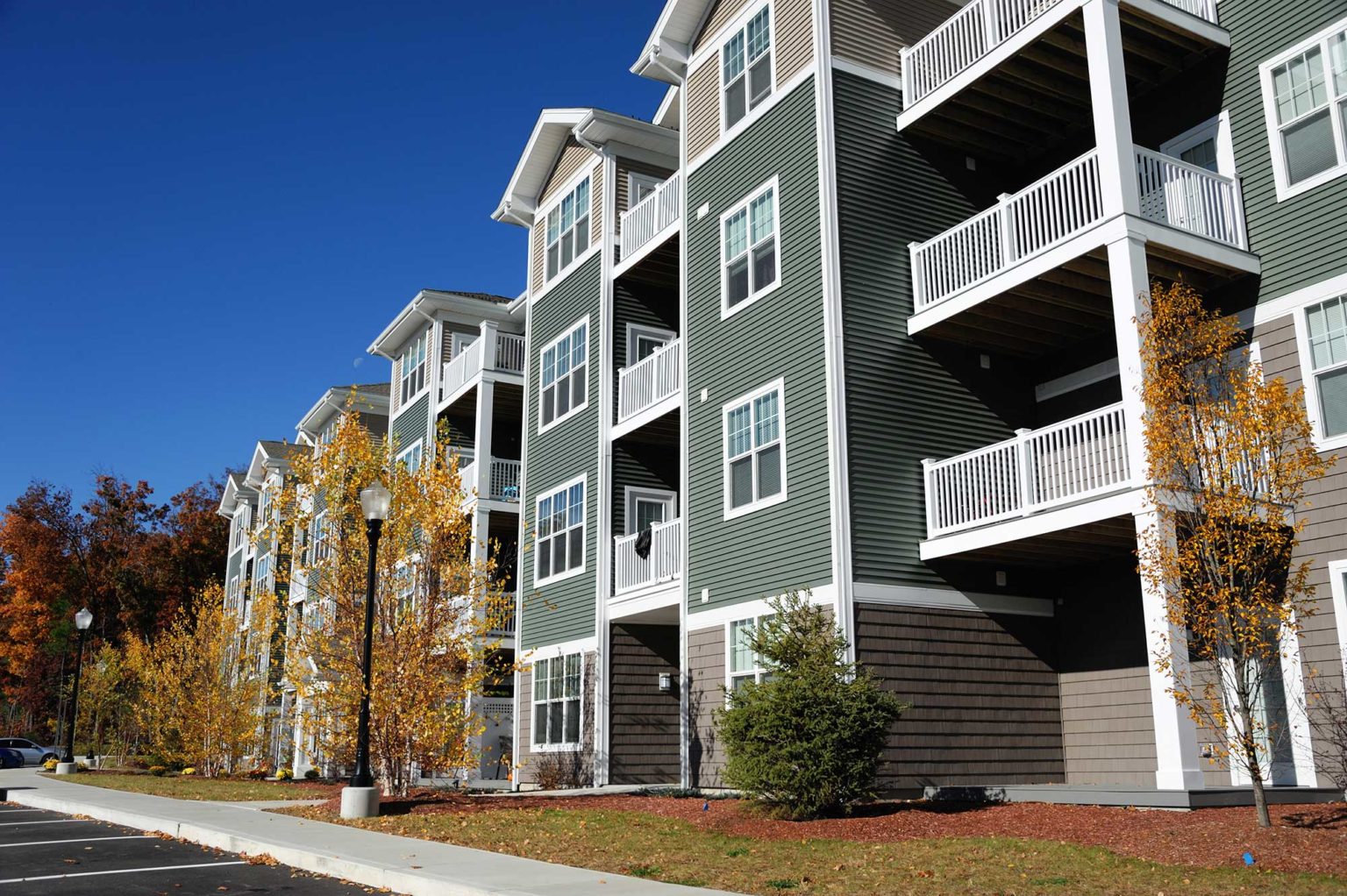
You hear the term all the time. After all, it’s an essential concept for apartment investors because it not only reflects the viability of your investment but also its value.
What is Cash Flow?
But what really is cash flow? How do you compute it, and more importantly, how can you increase the cash flow of your multifamily property?
Cash flow is simply the money that moves in and out of your business. For apartments, the cash coming in is in the form of rent, and the cash flowing out is in the form of expenditures like property taxes and utilities.
Importance
Cash flow – or lack of it — is one of the primary reasons businesses, or real estate investments, fail. Without sufficient cash flow, you’ll run out of money. That’s why it’s essential that you have sufficient capital to not only purchase an apartment property but also sustain it in the event that cash flow fails to be what you projected – for example, if units turn over more often than you expect or rents decline.
Here are some ways you can improve the cash flow of your apartment investment:
- Increase rents. This is perhaps the fastest and easiest way to improve cash flow. Consider repositioning the property – investing some capital to improve the units and then bumping rents.
- Reduce utility costs. Fix leaky shower heads and faucets, which waste water. Install energy-efficient appliances and lighting fixtures.
- Decrease expenses. Renegotiate your property management contract, or put it out to bid at the end of the term. Use free rental property listing sites rather than paying a broker to rent apartments.
- Encourage residents to stay. Move outs are expensive, so when tenants renew their leases you’ll save time and money on prepping the unit.
- Add additional streams of revenue, such as pet deposits and rent, garage rentals, vending machines or valet trash.
https://www.century21.com/real-estate-blog/the-abcs-of-multifamily-cash-flow/
Avoid These Common First-Time Home Buyer Mistakes
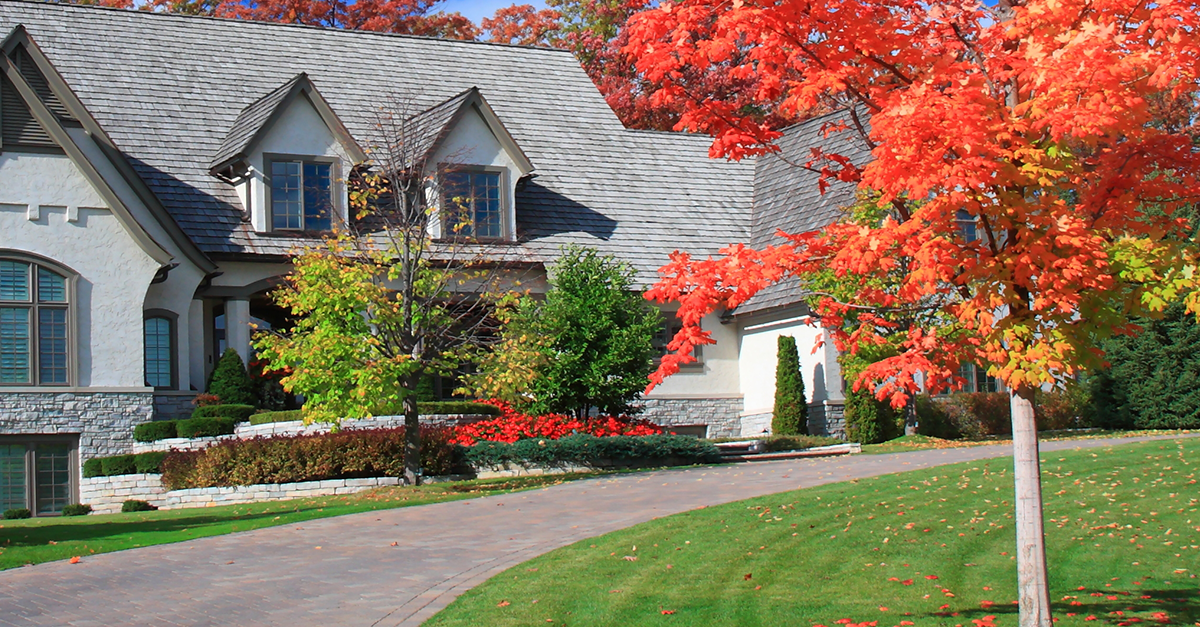
Buying a home for the first time can be cumbersome. You’ve never done it before, so it’s normal to feel a bit overwhelmed. Luckily, we’ve pulled together some of the common mistakes first-time home buyers make. Learn from them, and you may have a smoother home buying process.
Forgetting About Costs:
Your mortgage will probably not be the only cost when it comes to buying a home. Smaller costs like property insurance, taxes, electric and water bills, and other fees may start to pile up. Before buying a house, you may need to look further into your savings to figure out if you can pay for all of these additional charges.
Looking for a Home Before the Loan:
Once you find a house and decide to buy it, you don’t want to spend time wondering if you can afford it. Knowing your budget, and that you are a qualified buyer before you begin your search may make the process easier and more efficient. Once you decide that it’s time to buy a home, get pre-approved for a loan.
Not Hiring Professionals:
Moving isn’t as simple as packing up your stuff and renting a van. It takes a village to move into a new neighbourhood. Your team can only be as good as your weakest link, so you may want to ensure that you have only the best players. Get your home buying team in place before starting the search.
Being Too Picky:
There’s nothing wrong with knowing what you want when it comes to buying a home. But if your “must-have” list get too long and too specific, you may end up looking for your perfect house for a very long time. Also, remember that you can make changes once you move in. It may be wise to take the time to figure out what you really need versus what you want. If you are unsure where to start, our checklist may help!
Lacking Vision:
Some of the open houses you attend may not look move-in ready. But plenty of homes have hidden potential. When you look for a home, try to look past the 70’s shag rugs and lava lamps. Imagine what the home will look like after you’ve moved in with all of your own belongings, or try to envision the structure of the home without the stuff inside it. This will be an important skill, especially if you’re looking to buy a fixer-upper as your first home.
Ignoring the Future:
If you plan on living in this house for a long time, you may want to think ahead. You may decide to have kids in a few years, and then you’ll have to worry about another set of questions. Will there be enough bedrooms? Is the house located in a good school district? These may be things to think about when buying your home.
So whether you’re just starting to think about buying your first home, or you’ve already spent some time looking, there may be a lot to learn from this list of mistakes.
https://www.century21.com/real-estate-blog/avoid-these-common-first-time-home-buyer-mistakes/
June Ottawa Market Update

June’s Residential Resale Market begins to Normalise
OTTAWA, July 6, 2021 –
Members of the Ottawa Real Estate Board sold 2,131 residential properties in June through the Board’s Multiple Listing Service® System. This compared with 2,038 in June 2020 shows an increase of 5 per cent. June’s sales included 1,647 in the residential-property class, up 2 per cent from a year ago, and 484 in the condominium-property category. This is an increase of 13 per cent from June 2020. The five-year average for total unit sales in June is 2,098.
A look at June
“June’s resale market performed similar to a typical (pre-pandemic) June unit sales are on par with the five-year average and a lower volume of activity compared to May. Particularly in the last two weeks of the month. This is a normal tapering off as families turn their attention to end of school events and enjoying more outdoor recreation. This year, it also coincided with some easing of pandemic restrictions,” states Ottawa Real Estate Board President Debra Wright. “It will be interesting to watch the market over the summer to see if this normalisation of the real estate sales ebb and flow is indeed the case moving forward. Last year, summer resales skyrocketed due to pent-up demand when the first lock down ended.”
Previous comparisons
“Year-to-date sales are tracking 48% higher than last year at this time with 11,446 properties changing hands and are 16-18% higher than 2018 and 2019. Much of this increase is due to the increased activity in the first five months of 2021 compared to previous years. We have also seen an instrumental increase in new listings this year, and inventory levels for both residential and condominiums are higher than we’ve seen since 2017. However, we are still at a one month supply of housing stock, so we aren’t out of the woods yet.”
Average Sales
June’s average sale price for a condominium-class property was $435,198. That is an increase of 21 per cent from last year. The average sale price for a residential-class property was $725,970, an increase of 26 per cent from a year ago. With year-to-date average sale prices at $734,357 for residential and $422,734 for condominiums, these values represent a 33 per cent and 20 percent increase over 2020, respectively.*
June Sales
 |
“For the moment, there are signs that we’ve reached a levelling out, especially as it relates to average prices which, in recent months, have not experienced the drastic increases of earlier in 2021, nor are we seeing a drop,” notes Wright.
Recent changes
“Properties are not moving as quickly as they were. Inventory has picked up; there is less scarcity and more choices – consequently, less upward pressure on prices. Additionally, we are noticing fewer of the multiple offer frenzy situations. Of course, many properties do still have multiple offers, but our REALTORS® are noticing that there are less of them on offer day.”
“This start of a equilibrium in the market is good news for Buyers, while Sellers are going to have to adjust to this new normal and be more strategic with positioning. Whichever side of the transaction you are on, you will bode well by listening and heeding the advice of a professional REALTOR® who has their pulse on the day-to-day variability Ottawa’s resale market is experiencing,” Wright suggests.
OREB Members also assisted clients with renting 2,252 properties since the beginning of the year compared to 1,512 last year.
* OREB cautions that the average sale price can be useful in establishing trends over time. However, should not be used as an indicator that specific properties have increased or decreased in value. The calculation of the average sale price is based on the total dollar volume of all properties sold. Price will vary from neighbourhood to neighbourhood.
5 Home Projects to Complete in 10 Minutes or Less
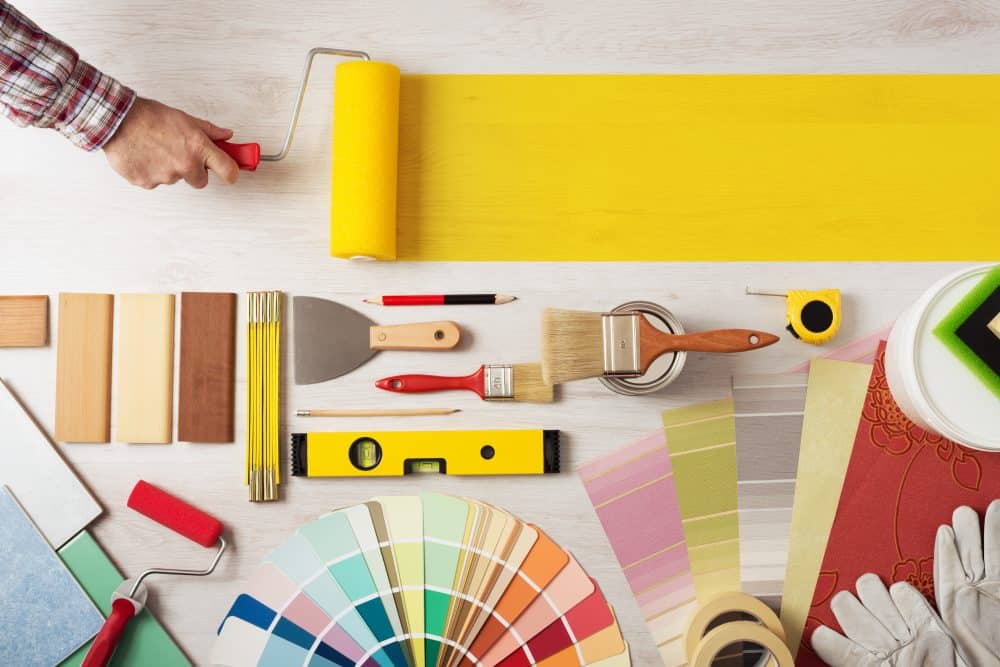
You probably have a laundry list of projects you’ve been meaning to complete around your home. Luckily, there are tips to help you complete some of these tasks in ten minutes or less. Your home can feel more organised (almost) instantly.
Organise your kitchen pantry:
Start by sorting out expired items. Now organise your shelves by function. Separate snacks, baking necessities, spices, and more. Take inspiration from your favourite grocery stores. This ten minute task can save you time when you’re cooking your favourite recipes or making a quick midnight snack. As an added bonus, it reduces the chance of adding salt instead of sugar or vice versa.
Make natural cleaning products:
Skip the store. Make your own cleaning products using things you probably already have on hand. You can save money, have a clean home, and be more environmentally friendly. Get started by making these natural cleaning solutions.
Organise your closet:
Set a timer and organise your closet for ten minutes. We recommend organising by colour, type, or function. For example, hang all shirts, jackets, sweaters, skirts, pants, and dresses with each other. You will probably end up saving time in the long run, because it will be easier to find what you’re looking for.
Peeling wallpaper:
Put a drop of wallpaper paste on a sheet of paper, rub the paper on the underside of the exposed wall, then press the peeling wallpaper against the glue. Smooth any bubbles out with a clean cloth and the wall can look as good as new!
Sliding glass doors or windows:
If your glass fixtures are not sliding as smoothly as they should, spray a cloth with silicone lubricant and wipe it along the tracks. It’ll make it easier to get some fresh air.
Get off your computer, turn off the TV, and get started!
What to Do With the Extra Room in Your House
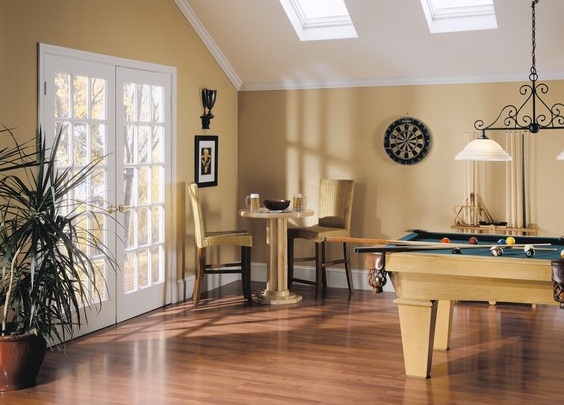
What would you do if you had an extra room in your house? Get creative because the possibilities are limitless.
-
Home Gym:
Do you love to start your mornings with a good workout, but hate dragging yourself to a crowded gym? If you have some workout machines at home, transform your spare room into a gym. By simply buying some weights, yoga mat, and other inexpensive equipment, you can turn your unused room into something useful.
-
Playroom:
If tired of tripping over your kids’ toys in your living room, turn that extra room into their own space. Paint the walls with chalkboard paint so they can write on the walls, store all of their toys in the room, and allow them to play. They’ll love a space of their own, and you’ll love not having a mess all over the house.
-
Contemplation Room:
Ever just need some time alone with your thoughts? If you find yourself wanting to escape the craziness of the day and not knowing where to go, consider creating a contemplation room. Decorate it in all white with comfortable furniture, throw pillows, and blankets. This creates a serene space where you can go to clear your head, meditate, and relax.
-
Library:
If you’re a bookworm, you’ve probably always dreamed of having your very own library. Now is your chance! Install bookshelves from wall to ceiling, add comfortable, sophisticated couches, and throw in cosy area rugs to make a comfy and inviting space. Just imagine relaxing after a long day in your library with your favourite book, a cup of tea, and candles.
-
Entertainment Centre:
If you don’t have a den or finished basement, and only a formal living room, you may want to consider turning the spare room into an entertainment centre. Use dark woods and deep colours, reclining chairs and a sectional couch, and top it off with a flat screen television for the perfect movie theatre feel. It can be a great place to have a movie marathon on a rainy day!
Having a spare room in the home leaves you with countless opportunities to be unique and create a special room that’s all your own!

 Facebook
Facebook
 X
X
 Pinterest
Pinterest
 Copy Link
Copy Link
